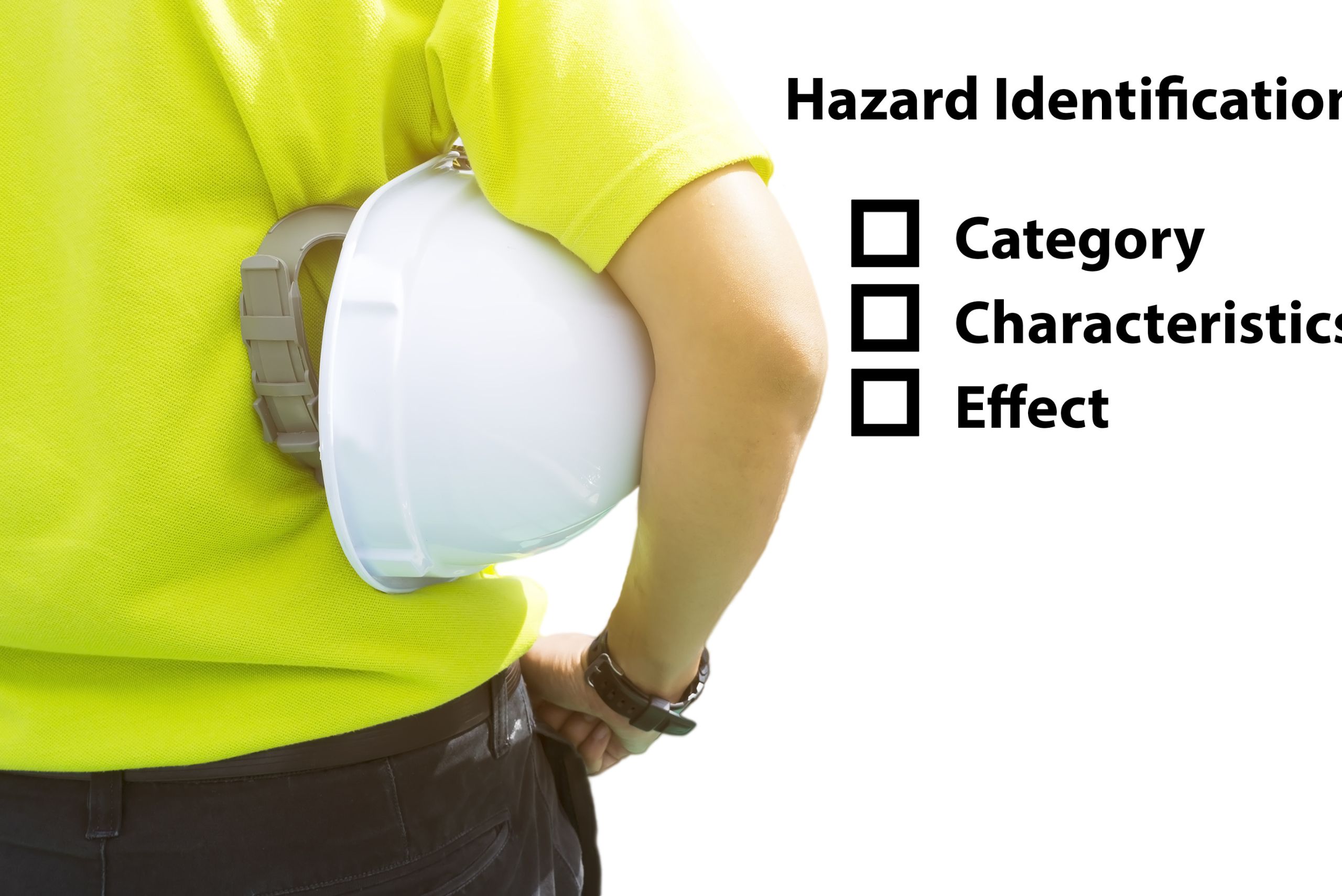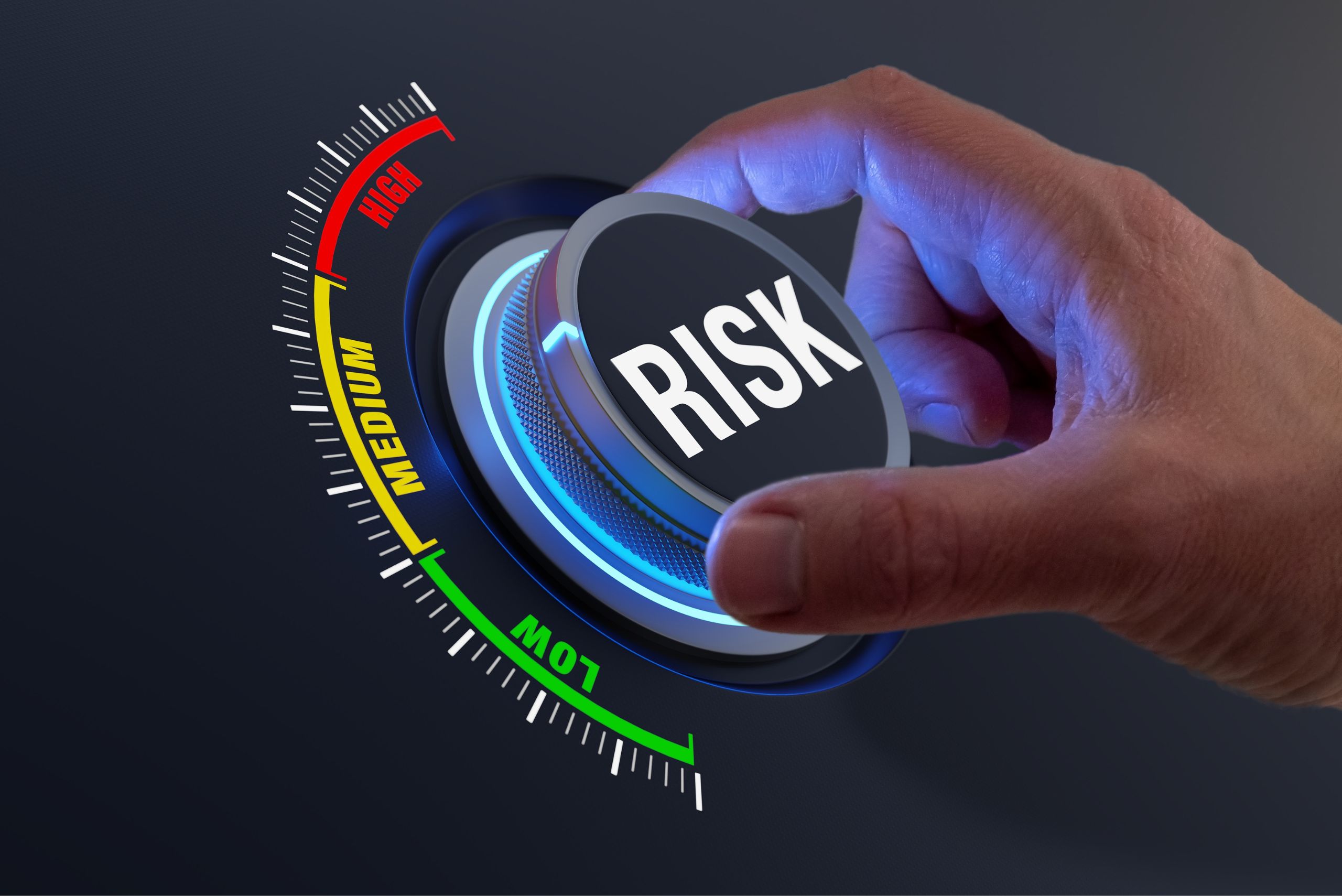Risk assessment is an essential process in health and social care that involves identifying and analyzing potential hazards and risks to the safety and well-being of service users, staff, and visitors. It is a legal requirement for all health and social care organizations to carry out risk assessments to ensure that they provide a safe and secure environment for everyone involved. The aim of risk assessment is to identify potential hazards, assess the likelihood and severity of harm, and implement measures to control or eliminate the risks.
There are different types of risk assessment in health and social care, and each one is designed to address specific hazards and risks. For instance, a fire risk assessment is necessary to identify potential fire hazards in the workplace and put in place measures to prevent fires and ensure that everyone can evacuate safely in case of an emergency. Similarly, a manual handling risk assessment is necessary to identify potential risks associated with lifting, carrying, and moving objects, and put in place measures to prevent injuries to staff and service users.
In conclusion, risk assessment is a critical process in health and social care that helps to identify potential hazards and risks and put in place measures to control or eliminate them. Different types of risk assessment are necessary to address specific hazards and risks, and health and social care organizations must carry out risk assessments to comply with legal requirements and provide a safe and secure environment for everyone involved.
Understanding Risk Assessment
Risk assessment is a crucial process in health and social care that helps identify and manage potential hazards and risks. It is a proactive approach to prevent harm and ensure the safety of patients, staff, and visitors.
Hazard Identification

The first step in risk assessment is hazard identification. This involves identifying potential hazards that could cause harm or injury. Hazards can be physical, chemical, biological, or psychological. For example, a physical hazard could be a slippery floor, while a psychological hazard could be a hostile work environment.
Risk Identification
Once hazards are identified, the next step is to assess the risk associated with each hazard. This involves evaluating the likelihood and severity of harm that could result from the hazard. For example, a slippery floor may pose a low risk if it is in an area with low foot traffic, while it may pose a high risk if it is in a busy hallway.
Risk Levels
Risk levels are determined based on the combination of likelihood and severity of harm. The risk level can be classified as low, medium, or high. A low-risk level means that the likelihood and severity of harm are low, while a high-risk level means that the likelihood and severity of harm are high.
Numerical Value
In some cases, a numerical value is assigned to the risk level. This is known as a quantitative risk assessment. The numerical value can be used to compare risks and prioritize actions to mitigate them. For example, a risk level of 1 may indicate a low risk, while a risk level of 10 may indicate a high risk.
Conclusion
Overall, risk assessment is a critical process in health and social care that helps identify and manage potential hazards and risks. By identifying hazards and assessing risks, healthcare organizations can take proactive measures to prevent harm and ensure the safety of patients, staff, and visitors.
Types of Hazards in Health and Social Care
Risk assessment is an essential aspect of health and social care. It involves identifying potential hazards, assessing the likelihood of harm, and implementing measures to mitigate or eliminate risks. Hazards in health and social care can be broadly classified into three categories: environmental hazards, health risks, and cognitive impairment hazards.
Environmental Hazards

Environmental hazards refer to physical and chemical hazards that can cause harm to individuals in health and social care settings. These hazards can include exposure to infectious agents, chemicals, radiation, noise, and temperature extremes. For instance, healthcare workers may be exposed to infectious agents such as tuberculosis, hepatitis B, and HIV when caring for patients. Exposure to chemicals such as cleaning agents, disinfectants, and anesthetic gases can also pose health risks.
To mitigate environmental hazards, health and social care organizations should implement measures such as providing personal protective equipment, ensuring proper ventilation, and using safe chemicals. Regular monitoring and testing of the environment can also help identify potential hazards and prevent harm.
Health Risks
Health risks refer to risks associated with the health status of individuals in health and social care settings. These risks can include chronic conditions such as diabetes, heart disease, and cancer, as well as acute conditions such as infections and injuries. Individuals with pre-existing health conditions may be more susceptible to harm and require special attention.
To mitigate health risks, health and social care organizations should implement measures such as regular health assessments, providing appropriate medical care, and ensuring a safe environment. Health promotion and education can also help individuals manage their health and reduce the risk of harm.
Cognitive Impairment Hazards
Cognitive impairment hazards refer to risks associated with individuals with dementia or other cognitive impairments in health and social care settings. These risks can include wandering, falls, and medication errors. Individuals with cognitive impairments may require specialized care and support to prevent harm.
To mitigate cognitive impairment hazards, health and social care organizations should implement measures such as providing a safe and secure environment, using appropriate signage and cues, and providing specialized care and support. Regular monitoring and assessment can also help identify potential hazards and prevent harm.
In conclusion, health and social care organizations must be aware of the different types of hazards and risks that individuals may face in their care. By implementing appropriate measures and regularly assessing risks, organizations can ensure the safety and well-being of individuals in their care.
Assessing the Likelihood and Severity

Assessing the likelihood and severity of a risk is a crucial step in the risk assessment process in health and social care. The likelihood refers to the chance of a risk occurring, while severity refers to the potential impact of the risk if it were to occur.
To assess the likelihood and severity, a risk matrix is often used. The risk matrix is a tool that helps to determine the level of risk associated with a particular hazard. It involves plotting the likelihood of a risk occurring against the severity of its potential impact on a scale of low, medium, and high.
The risk matrix can help to prioritize risks and determine the appropriate risk management strategies. For example, a high likelihood and high severity risk may require immediate action to reduce the likelihood or mitigate the impact. On the other hand, a low likelihood and low severity risk may not require immediate action, but may still need to be monitored.
When assessing the likelihood and severity, it is important to consider all relevant factors. These may include the nature of the hazard, the environment in which it occurs, and the people who may be affected. It is also important to consider the potential consequences of the risk, both in terms of physical harm and other impacts, such as financial or reputational.
Overall, assessing the likelihood and severity is a critical step in the risk assessment process in health and social care. It helps to identify risks that require immediate attention and determine appropriate risk management strategies.
Control Measures and Safeguarding
In health and social care, control measures are essential to ensure the safety and well-being of service users. Controls may include legislation, policies, procedures, and guidance material, staff training and required learning, segregation of duties, audit, reviews, investigations, personal protective measures and equipment, devices and structural or physical barriers, checklists, templates, etc.
Safeguarding is a critical aspect of control measures in health and social care. It involves protecting vulnerable adults and children from abuse, neglect, and harm. Safeguarding ensures that service users receive the necessary care and support to maintain their quality of life.
Quality of life is a crucial consideration when implementing control measures in health and social care. Control measures should not impede service users’ independence, dignity, or freedom of choice. Instead, control measures should promote service users’ autonomy and empower them to make informed decisions about their care and support.
Effective control measures and safeguarding require a collaborative approach from all stakeholders, including service users, their families and carers, healthcare professionals, social workers, and other relevant agencies. This approach ensures that control measures are tailored to meet service users’ specific needs and circumstances and are regularly reviewed and updated to reflect any changes.
In summary, control measures and safeguarding are vital components of health and social care. They ensure that service users receive safe, high-quality care and support that promotes their quality of life. By working collaboratively, healthcare professionals and other stakeholders can implement effective control measures and safeguarding that respect service users’ autonomy and dignity.
The Role of the Assessor

In health and social care, risk assessment is a crucial process that helps to identify potential hazards and assess the likelihood and severity of harm that could result from them. The role of the assessor is to carry out this process in a competent and thorough manner, ensuring that all relevant risks are identified and appropriate measures are put in place to manage them.
A competent assessor should have the necessary expertise and knowledge to carry out a risk assessment effectively. They should have a good understanding of the relevant legislation and guidance, as well as the specific risks that are associated with the particular setting or activity being assessed.
The assessor should also be able to communicate effectively with other stakeholders, such as service users, carers, and other professionals involved in the care of the individual. This may involve explaining the purpose and process of the risk assessment, as well as any potential risks and the measures that will be put in place to manage them.
It is important for the assessor to remain neutral and objective throughout the process, avoiding any personal biases or assumptions that may influence their judgement. They should also be able to adapt their approach to suit the needs of the individual being assessed, taking into account any communication or cognitive difficulties they may have.
In summary, the role of the assessor in health and social care risk assessment is to ensure that all potential risks are identified and appropriate measures are put in place to manage them. A competent and knowledgeable assessor can help to ensure that the process is carried out effectively and with the best interests of the individual at heart.
Risk Management in Health and Social Care
Risk management in health and social care is a crucial aspect of ensuring the safety of patients, visitors, and employees. It involves identifying potential risks, assessing their likelihood and impact, and implementing measures to mitigate or eliminate them. By proactively managing risks, healthcare organizations can safeguard patient safety as well as the organization’s assets, market share, accreditation, reimbursement, and reputation.
Employers have a legal and moral obligation to provide a safe working environment for their employees. In health and social care, this means identifying and managing risks associated with patient care, such as infection control, manual handling, and exposure to hazardous substances. Employers must also provide training and support to their employees to enable them to work safely and effectively.
Employees also have a responsibility to contribute to risk management in health and social care. This includes reporting incidents and near-misses, following policies and procedures, and participating in training and development activities.
Health and safety is a key consideration in risk management in health and social care. This involves identifying and managing risks associated with the physical environment, such as slips, trips, and falls, as well as risks associated with equipment and technology. Health and safety policies and procedures must be regularly reviewed and updated to ensure they remain fit for purpose.
In summary, risk management in health and social care is a complex and ongoing process that requires the active participation of employers, employees, and other stakeholders. By adopting a confident, knowledgeable, and neutral approach to risk management, healthcare organizations can create a culture of safety and improve the quality of care they provide.
Legal Requirements and Training
Risk assessment is a legal requirement in health and social care settings. The Health and Safety at Work Act 1974 and the Management of Health and Safety at Work Regulations 1999 require employers to assess and manage risks to their employees and others who may be affected by their work activities. Failure to comply with these legal requirements can result in legal action and financial penalties.
To ensure that risk assessments are accurate and effective, it is important to provide regular updates and training to staff. This can help to ensure that staff are aware of the latest best practices and legal requirements, and can help to identify any knowledge gaps or areas where additional support may be needed.
Risk assessment training should cover a range of topics, including the legal requirements for risk assessment, the key steps involved in the risk assessment process, and how to identify and manage different types of risks. It should also cover how to use risk assessment tools and techniques effectively, and how to communicate risk assessment findings to other members of the team.
Regular updates and refresher training should be provided to ensure that staff are up-to-date with the latest best practices and legal requirements. This can help to ensure that risk assessments remain accurate and effective, and can help to identify any emerging risks or changes in the work environment that may require additional risk assessment.
In summary, legal requirements and training are essential components of effective risk assessment in health and social care settings. Regular updates and training can help to ensure that staff are aware of the latest best practices and legal requirements, and can help to identify any knowledge gaps or areas where additional support may be needed.
Patient Care and Social Care Services

In healthcare, risk assessment is a crucial step in safeguarding patient safety and wellbeing. It involves the identification and analysis of potential risks that could cause harm to patients, as well as the implementation of measures to prevent or mitigate those risks.
Patient care is one of the primary areas where risk assessment is conducted. This involves assessing the risks associated with various medical procedures, medications, and treatments. For example, before administering a medication, healthcare professionals must assess the patient’s medical history, allergies, and current medications to ensure that the medication is safe and appropriate for them.
Social care services also play a vital role in risk assessment. Social care services are designed to support individuals who require assistance with daily living activities due to illness, disability, or aging. Risk assessment in social care services involves identifying potential risks that could impact the individual’s wellbeing, independence, and quality of life.
Primary care providers also conduct risk assessments to identify potential health risks and provide preventative care. This includes assessing an individual’s risk for chronic diseases such as diabetes, high blood pressure, and heart disease.
Overall, risk assessment is an essential component of healthcare and social care services. It helps to ensure that patients and individuals receive safe and appropriate care that supports their wellbeing and independence.
Strategies for Enhancing Quality of Life
In health and social care, enhancing the quality of life of patients is a crucial component of risk assessment. Here are some strategies that can be implemented to improve the quality of life of patients:
1. Person-Centered Care
Person-centered care is a strategy that focuses on the individual needs of patients. It involves understanding the patient’s preferences, values, and beliefs, and tailoring care to meet their specific needs. This approach can help patients feel more in control of their care and can improve their overall well-being.
2. Capacity Building
Capacity building is a strategy that involves empowering patients to take control of their health and well-being. This can be achieved through education, training, and support programs that help patients develop the skills and knowledge they need to manage their health effectively. Capacity building can help patients feel more confident and in control, which can lead to improved quality of life.
3. Support Networks
Support networks are essential for enhancing the quality of life of patients. This can include family members, friends, and healthcare professionals who provide emotional, practical, and social support. Support networks can help patients feel less isolated and more connected to others, which can improve their mental and emotional well-being.
4. Assistive Technology
Assistive technology can be used to enhance the quality of life of patients with disabilities or chronic conditions. This can include mobility aids, communication devices, and home automation systems that help patients maintain their independence and improve their quality of life.
In conclusion, enhancing the quality of life of patients is an essential component of risk assessment in health and social care. By implementing strategies such as person-centered care, capacity building, support networks, and assistive technology, healthcare professionals can help patients achieve a higher quality of life and improve their overall well-being.
